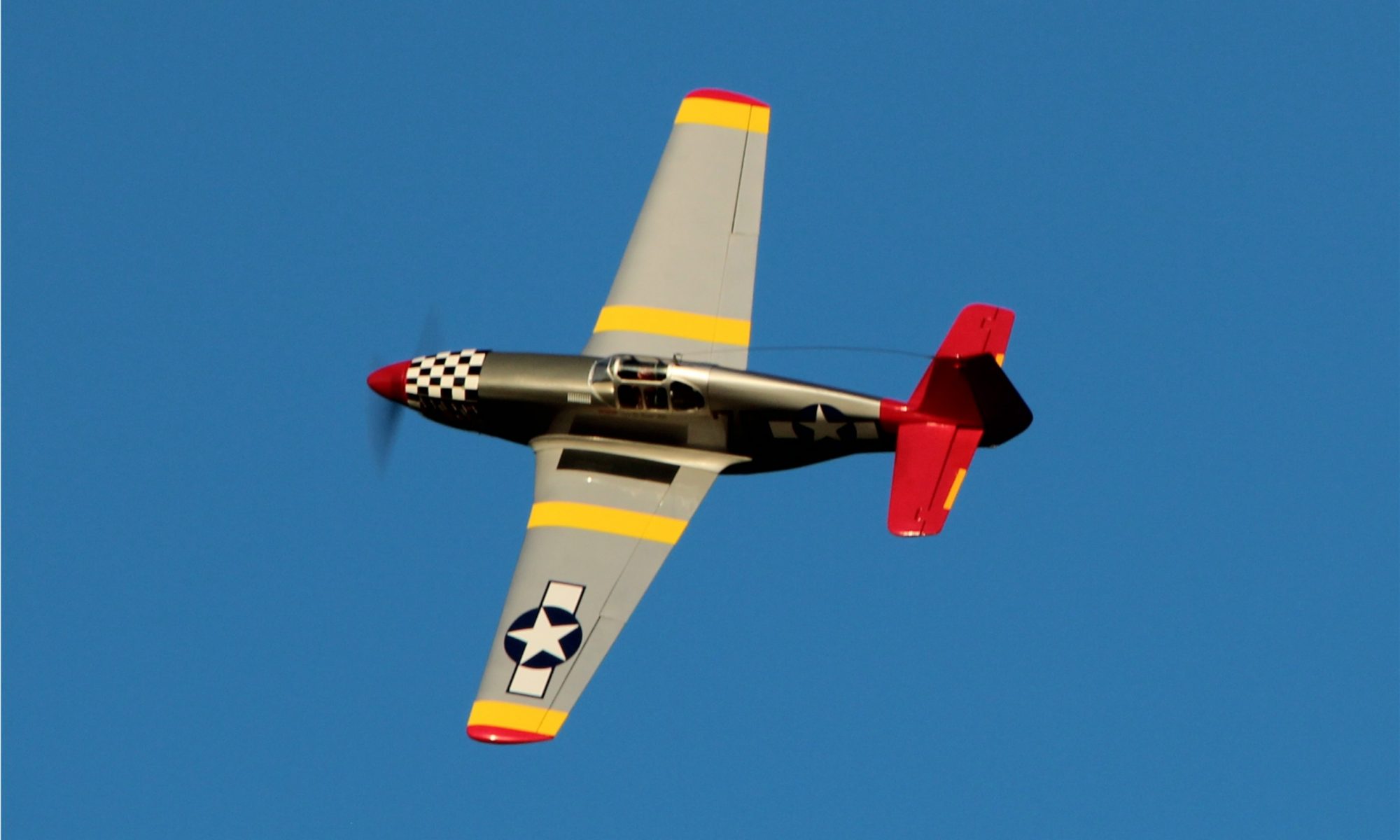I was recently reading in some forums and realized that many folks misuse the often used acronyms ESC and BEC when discussing the power systems in their electric aircraft. It seemed evident that some of the folks were using these terms interchangeably and likely could not have actually defined either. So my purpose here is to define each and plant some basic ideas about what they do.
An ESC is an Electronic Speed Controller. This device is what takes power from the main battery and feeds power to the motor. The amount of power that is passed is normally determined by input provided by the receivers throttle channel output. ESCs are normally rated by the voltage range they can accept and the amperage they can pass without damage. More on these rating later. Obviously, any electrically powered airplane is normally going to need this device to control the motor speed. An ESC has nothing to do with providing power to the receiver and servos. That is the next topic.
A BEC on the other hand is a Battery Elimination Circuit. This device is designed to take the voltage of the main battery and regulate it down to a voltage that is safe for our on board radio gear. Most output around 5 Volts. The whole terminology revolves around the fact that, without this device, the aircraft would have to carry two separate batteries. One to power the receiver and a second to provide power to the motor. So this circuit quite literally eliminates the need for one of the batteries. Again there are two important ratings here. What voltage can the BEC take as an input and how much current can it provide? A BEC can exist as a standalone device (also known as a Regulator) or be incorporated into the ESC. If it is built into the ESC, it will normally provide power to the receiver via the throttle “servo wire” connection. I quote that phrase as there is no servo involved but it is using the same physical plug and wiring as a servo so that it can plug into your receiver.
Having the BEC built into the ESC is probably what causes some of the confusion as folks who do not know what the two acronyms stand for assume from the usage that they are one and the same. Understandable, but incorrect.
So, one might assume that the simplest and best way to handle powering your on board electronics is to always buy an ESC with a built in BEC. That is certainly the most common way, but there are some issues to consider.
First, you need to understand a couple of things. First is that using a BEC at all has both advantages and drawbacks. The main advantage is the elimination of a second battery pack with the attendant weight and cost that carrying a second battery involves. The main disadvantage is that you are now putting all your eggs in one basket… i.e. the only power source for both the motor and your flight controls is a single battery. If anything causes that battery to disconnect or fail, you are suddenly a powerless spectator to whatever occurs next and it likely isn’t going to be pretty!
For a vast majority of electric aircraft, this is a reasonable trade off. Chances of a problem are small and in many cases it is simply not practical to carry a second battery pack. This is really no different from most glow powered airplanes as they typically only have one battery for the radio system and a failure there has the same result. But as planes get larger and more powerful… there are additional considerations.
First, remember that BECs are rated by their input voltage capabilities and amperage they can provide. Something to keep in mind is that it is a basic truth of electronics that while it is easy to take a voltage in and reduce it by a small amount (think 2S Lipo/8.4V battery pack being regulated down to 5V) the higher the input voltage is the “harder” it is to do so (think 10S/42V pack regulated to 5V). And when I say harder I mean it is more expensive, larger and or heavier and creates more heat… none of which are good things in an electric airplane! Another difficulty is that the more current you want to design the BEC to pass the more difficult it is as well with the same design trade offs.
So aircraft that require more and/or stronger servos because they are bigger, faster or whatever need to pull more current to run their servos and may quickly outstrip the ability of a BEC that is built into the speed controller. Also since aircraft that require more/stronger servos are likely also running 6-12s power systems… The speed controllers in these planes often do not even include a BEC because the engineers designing these know all about the aforementioned limitations and aren’t going to include a BEC that is unlikely to be of any use in the aircraft for which the high powered ESC is designed!
Finally, one often overlooked rule of physics/electronics is that servo wires/connectors are not designed to carry more that ~5A continuously and therefore providing a much stronger BEC with a single servo wire to deliver the current would be silly. Note that I said continuously. Connectors and wires can handle higher current for short periods of time.
There is much more to discuss when it comes to power systems in electric aircraft but those are fodder for another post. Hopefully this article has helped some folks to better understand these two key components.
